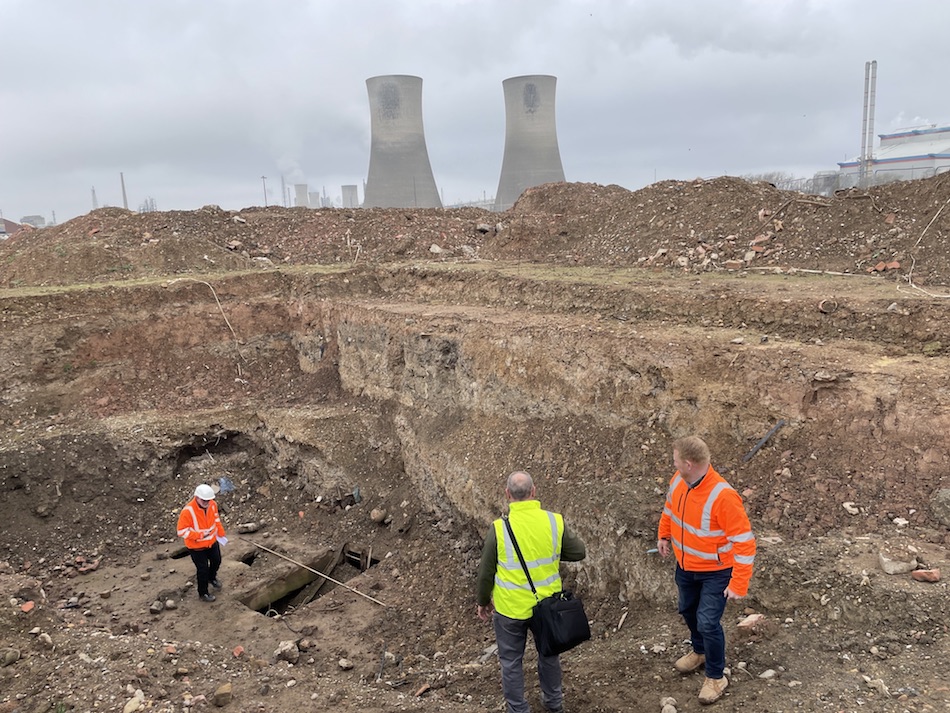Last Updated on: 22nd November 2023, 03:07 pm
According to Zhar Research’s new report, “Long Duration Energy Storage LDES Markets 2023-2043: Grid Microgrid Delayed Electricity 6 Hours to Seasonal”, the world is set to invest two trillion dollars into Long Duration Energy Storage (LDES). This is in response to the global electricity grid’s need to deploy 85-140 TWh of LDES by 2040, with an estimated market potential of $1.5 – 4 trillion.
The LDES Council, co-founded by the US Department of Energy OTT, Edison EIET and EPRI, and the European Commission, is working to make this happen. In addition, the UK government recently announced $37 million of support for LDES development in Australia.
This has attracted numerous putative suppliers and has prompted questions of whether they are able to meet later requirements of 30-100 days duration, as well as perform short term storage better than current lithium-ion batteries. It is possible that one capability could serve almost all needs for large stationary storage, with massive storage facilities having enough to do both LDES and short-term storage for up to 50-100 years.
The benchmark for LDES is pumped hydro, with response in seconds, no fade or leakage, and entirely benign materials. However, geological timescales of certification and erection, and the limited number of acceptable sites, have limited its application.
Dr Peter Harrop, CEO of Zhar Research, comments that, “Two forms of air storage are complementary with compressed air thriving where you can create or find suitable underground caverns and preferably scale to GWh levels. In our assessment, it could cover almost all of duration times required as they lengthen to 100 days over the coming two decades. Those locations amount to 50% of the world according to the company but that is like pumped hydro enthusiasts claiming an almost unlimited number of potential sites. Lack of approvals and acceptable economics can hugely dismantle such choices of location.”
Iron air batteries are attracting significant investment, with Form Energy’s iron-air battery, which can store 100 hours of energy at competitive system costs, having raised more than $800 million.
In contrast, lithium-ion battery suppliers are unlikely to be concerned as stationary storage never goes above about 8% of sales of such batteries by value market.
The Zhar Research report provides further insights, forecasts and roadmaps.



